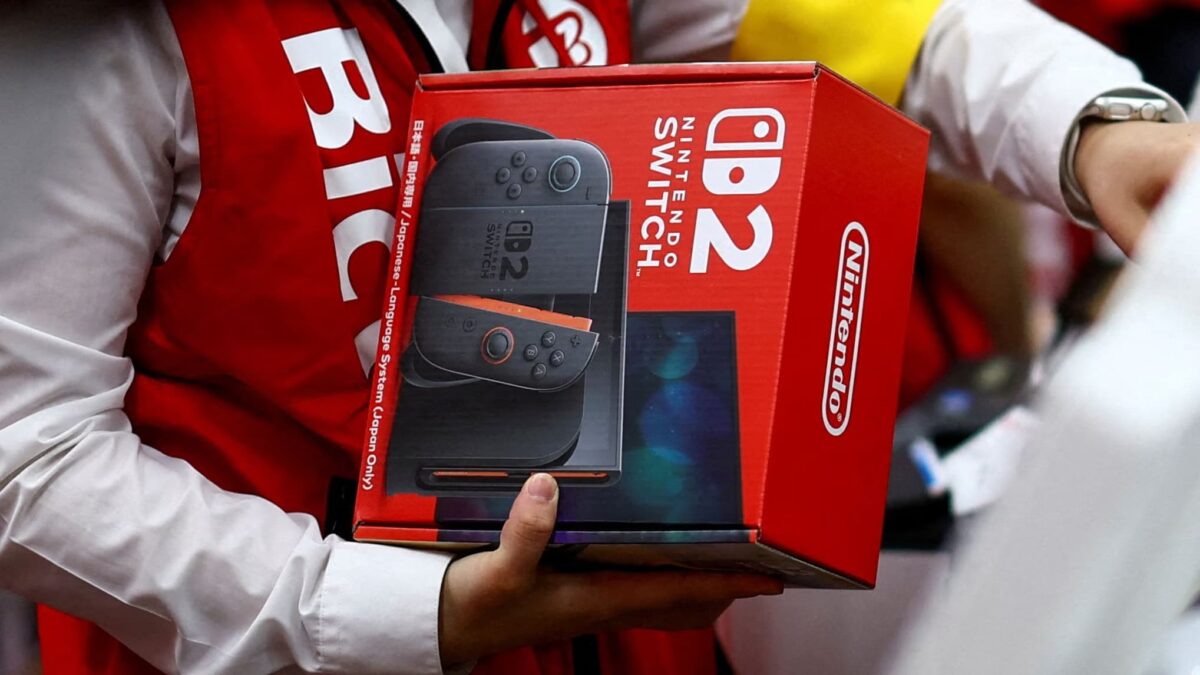It’s easy to take for granted that the gaming industry is incomprehensibly larger now than it was in the early 2000s, for example, and it shows little signs of slowing down. Between 2024 to 2025, the gaming market grew 3.4% to an estimated worth of $188.8 billion.
While on the one hand this might not be remotely surprising given the popularity of this medium, it comes at a time when gaming is more expensive than ever for consumers and developers alike.
How Much is the Gaming Market Worth?
While there arguably isn’t much of a difference between what different consoles are raking in, if the experience and market are very similar – especially with additions like crossplay that can blur the lines – the markets of mobile and console are arguably very different.
The console market is said to have grown 5.5% this year, with the launch of the Nintendo Switch 2 being cited as a key driver. In addition to this, the PC market has grown 2.5%.
However, what might surprise some people about this growth (and the industry in general) is how much of it is generated by mobile gaming – constituting $103 billion of this revenue.
The Drivers of Growth
The launch of a new console is always going to make an impact, but there have also been a string of heavyweight game releases this year; Mario Kart: World, Donkey Kong Bananza, Hollow Knight: Silksong, Oblivion: Remastered, Clair Obscur: Expedition 33, Elden Ring: Nightreign, Split Fiction, Kingdom Come Deliverance 2 – the list goes on.
In terms of mobile gaming, in-app purchases make up the bulk of the revenue, given that many (but crucially not all) mobile games are free-to-play.
The Next Generation
2025 marks five years since the release of the PlayStation 5 and the Xbox Series X/S, and the conversation is inevitably turning towards the next generation.
There are already rumours swirling about a potential Switch-esque PlayStation 6 handheld, but it’s also interesting to examine the pricing of these consoles.
With current console costs, such as the Xbox Ally X, threatening to make consoles unaffordable for some players, bringing the price down becomes a careful balancing act for studios, but one that might be essential in retaining an audience.






